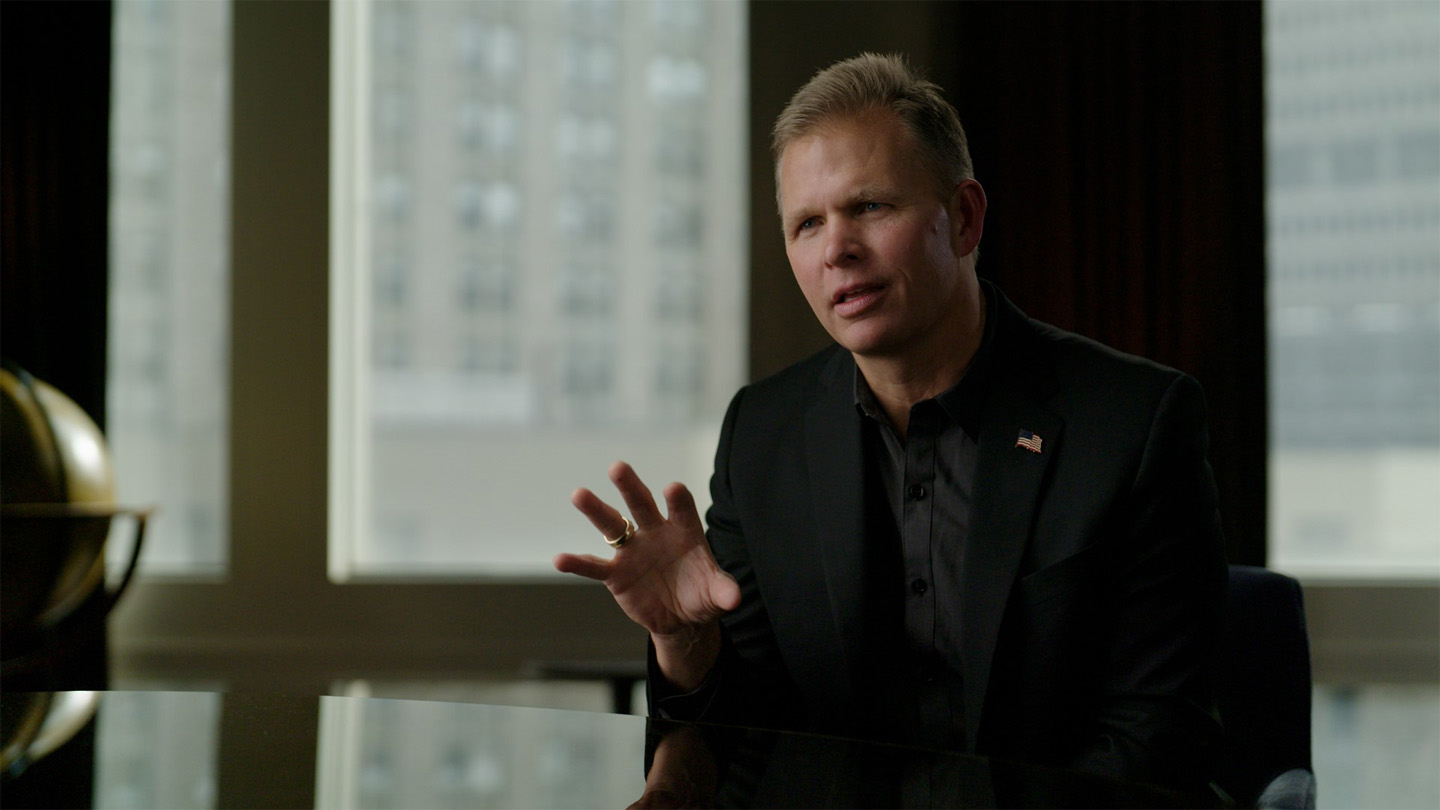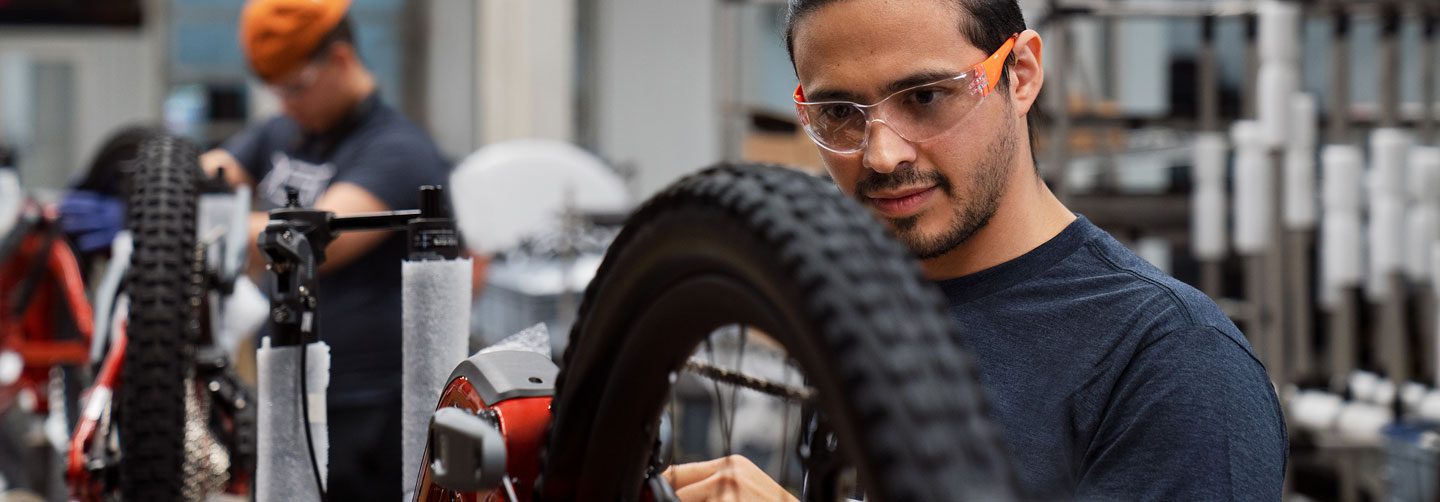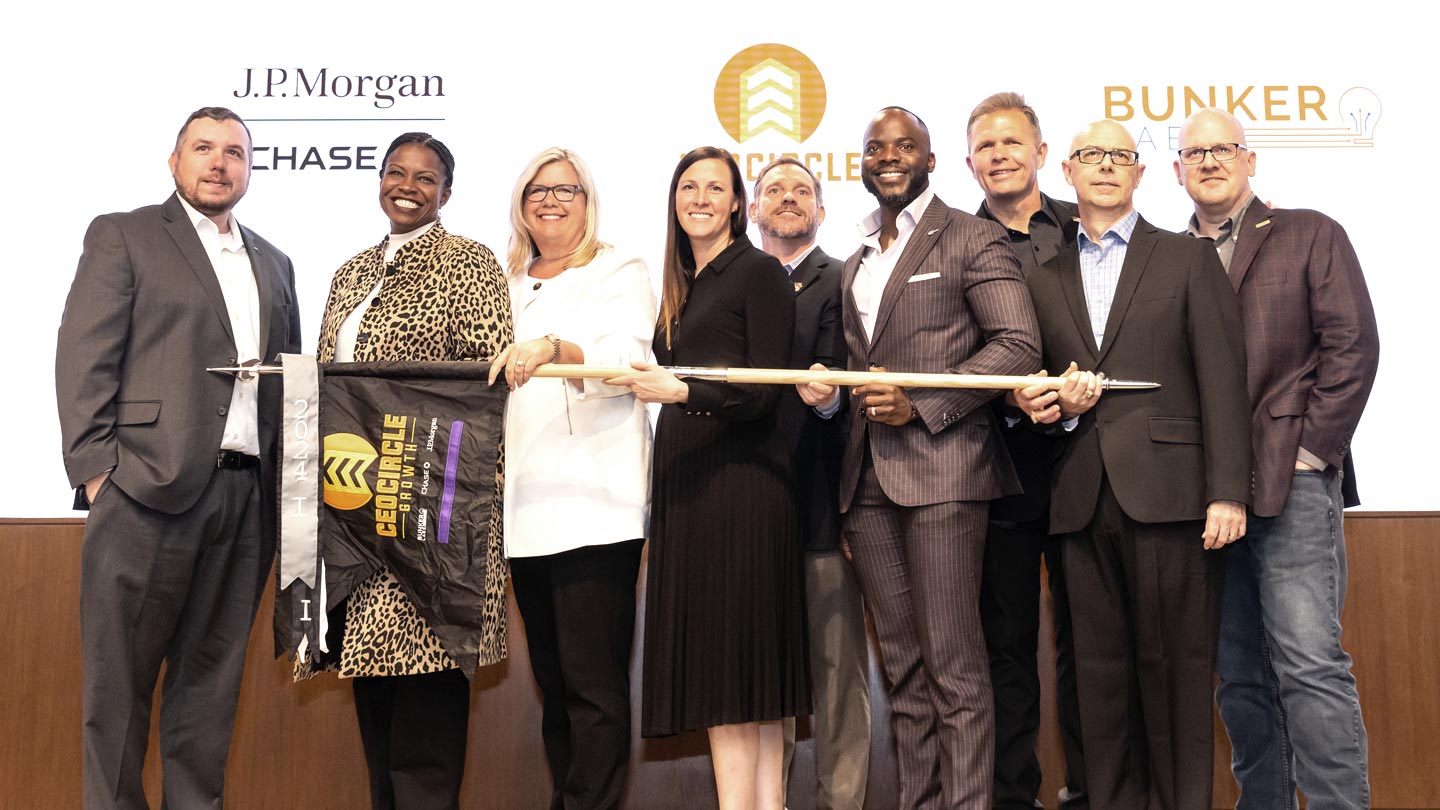
Entrepreneurial journeys are as diverse as the people who embark on them. From inception through expansion, each business owner’s story is shaped by their experiences, circumstances and surprises. But there are several common truths that owners learn on their path of personal and professional growth.
“People understand that you won’t always have all the answers,” said Thelma Ferguson, Vice Chair, JPMorgan Chase Commercial Banking. “But there’s somebody out there who can support and help you along the way.”
How do leaders of fast-growing organizations handle the challenges coming their way? We gathered wisdom from five executives featured in the Women Presidents Organization’s 2022 50 Fastest Growing Women-Owned/Led Companies listing, sponsored by JPMorgan Chase Commercial Banking. Here are some highlights of what they shared.
Growth is great, but don’t forget the fundamentals
Asma Ishaq is CEO of Modere, a global beauty and wellness retailer. Ishaq said her company’s growth and mission are interconnected.
“To see your idea reach people you don’t know, to deliver value that inspires consumers to continually purchase products, is so rewarding,” Ishaq said. “They’re using your product and they’re telling other people about it. And that’s amazing.”
But she cautioned growth is just one of several business objectives. “It can be very blinding and can hide quite a bit,” she said. “It’s important to keep looking under the hood at every pit stop.”
Organizations that focus on growth without tending to the principles of the business won’t be as resilient, she said.
“For a business to last through every economic cycle, through fluctuating environments and consumer trends, you want to make sure you work on the fundamentals, no matter how fast you’re growing,” she said. “My challenge every day is to enjoy the growth but always be working on the future of the business.”
Always push forward
Paula Blankenship Cameron is president and founder of Heirloom Traditions Paint, a business she started from her kitchen in 2013. Her biggest lesson: Avoid complacency. A growing business needs to take chances and keep an eye on bigger companies’ steps—and missteps.
“If you’re not challenging yourself, always moving, you’re actually regressing rather than progressing,” she said.
At the height of the pandemic, stay-at-home orders created a bounty of DIYers eager to take on home renovations. Heirloom Traditions suddenly held a prime position to reach customers through its e-commerce model and active social media strategy.
The business has continued to grow since, Blankenship Cameron said. The biggest challenge now is keeping that newfound audience loyal to Heirloom Traditions’ products. She’s also been mindful of the company’s future, transitioning 49% of the organization’s equity into an employee stock ownership plan (ESOP).
“We want our business to carry on in posterity,” she said. The ESOP will eventually own the whole company when Blankenship and her husband, CEO Craig Cameron, retire. “It’s been a great way to keep employees engaged. They’re part of everything positive that happens here, and I think it’s the greatest thing we ever did.”
Don’t go it alone
Kimberly Bunton, president of the workforce-development and diversity firm TKT & Associates, said she learns daily from other entrepreneurs. “The best thing that anyone can do to inspire is to actually support and speak in positive ways about those businesses and spaces that matter,” she said.
Bunton also said it’s natural for business owners to be reluctant about asking for help and showing some vulnerability—but the end result is that they’re undervaluing and underselling their talents.
“Fear of money doesn’t make any money,” Bunton said. “It’s hard not to be scared and take those next steps to get to scale. But it’s one of the things that most successful women business owners have in common—the courage to ask for help.”
Another skill that takes practice: delegating to others. Soyini Chan Shue, CEO of City Safe Partners Security, purchased her business after two decades with the New York City Police Department. She said the transition to business owner presented “the surprise of my life.”
Chan Shue said the security side of the business came easily to her as a former law enforcement official. But she took business-development training courses to help her with other aspects of management. She realized her ideal approach was to lean on others’ expertise.
“Initially I tried to be the payroll person and the bookkeeper. Big mistake,” Chan Shue said. “It was important for me to learn how to work on the business, not in the business. I found myself being in the weeds and not really doing the job of the CEO.”
Don’t neglect the personal
Growing a business has its triumphs and setbacks, but engaged leadership takes a lot of physical, emotional and motivational energy.
“The thing that’s not in the handbook of being CEO is to take care of yourself,” said Carrie SiuButt, CEO of telehealth company SimpleHealth—the fastest-growing business on the 2022 WPO 50 Fastest list. “You’re not a good CEO or a good leader unless you’re energized, unless you feel good about yourself.”
Staying grounded helps you navigate challenges more easily, she added.
“They’re still the same lessons we learned in kindergarten: Be nice to people, communicate, be honest.”
How we can help
JPMorgan Chase Commercial Banking is focused on helping diverse businesses overcome common obstacles. That includes supporting women as they start and scale their businesses “by providing greater access to capital, networking opportunities, expertise and advice that these companies need to thrive,” Ferguson said.
The firm also fuels ambition through its Women on the Move initiative and women business owner-focused content hub. Reach out to your banking relationship team to learn more about how we can help you.
You can sign up for more Commercial Banking Insights and news at the bottom of any page on our website, and follow us on LinkedIn.
JPMorgan Chase Bank, N.A. Member FDIC. Visit jpmorgan.com/cb-disclaimer for disclosures and disclaimers related to this content.







